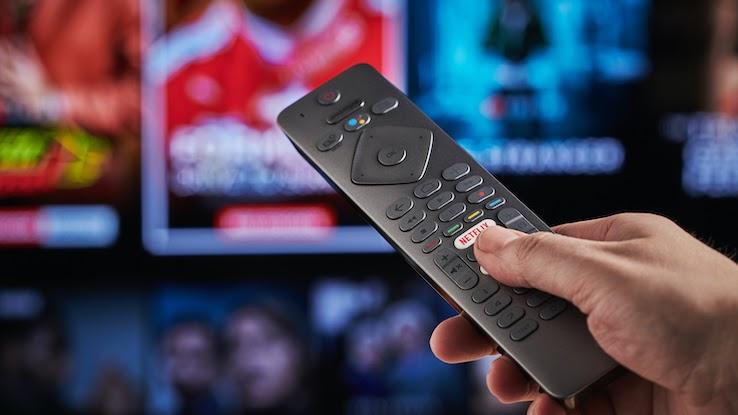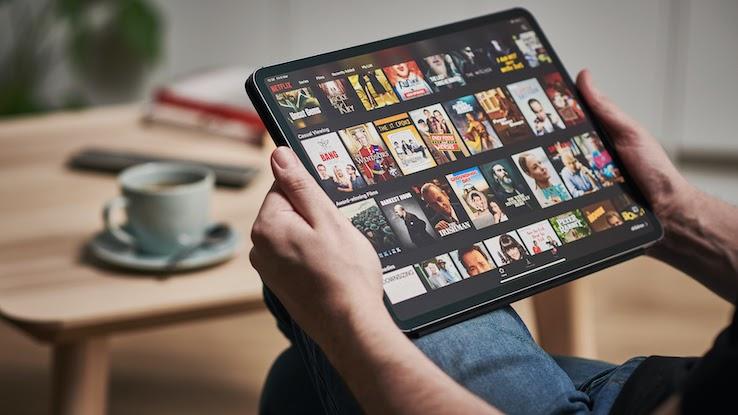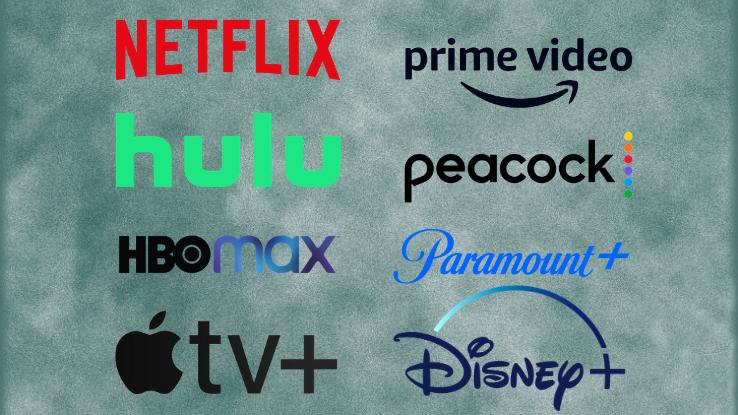
I cut the cable cord in 2015 a little bit ahead of HBO Now’s launch and the release of the fifth season of Game of Thrones in April of that year. I was paying $150 for internet plus premium cable with HBO and Showtime. Getting rid of cable made sense to me from an economic standpoint. But I still subscribed to HBO Now the moment it was available.
Six years later I haven’t looked back for one moment. But between the monthly bill of $103 just for internet, plus $15 for HBO Max, $9 for Netflix, $10 for an Amazon Prime membership — that’s much more than just a streaming service and comes with free delivery of packages too — $6 for Hulu and $8 for Disney+, I’m still saving some money. After all, I did have separate subscriptions to Netflix and Amazon Prime back in 2015 that I paid for on top of cable.
The thing is, even if most months I pay around the same that I was paying for cable, what makes a total The thing is, even if most months I pay around the same that I was paying for cable, what makes a total difference is having the option to choose. I don’t keep Disney+ year-round, just when The Mandalorian, WandaVision or Falcon and the Winter Soldier are on. My subscription is currently on hold until Loki hits the streaming service in June. I didn’t subscribe to the Starz channel when I had cable — it would have meant paying for it for at least one year — and I still don’t do it on a regular basis. But I’ll certainly subscribe for a few months when new seasons of Outlander or P-Valley are on. And then I unsubscribe when they end. I love to have the option to get Paramount+ for the new season of The Good Fight, Apple TV+ for Ted Lasso and Dickinson, and Showtime for the new episodes of Billions.
More Than Saving Money

But even after doing the math — and I recommend reconsidering all your subscriptions on a monthly or bi-monthly basis to see where to allocate your streaming budget depending on releases — a la carte TV offerings are much more than just spending less.
Unless it’s the final season of Game of Thrones, in which case I’ll probably watch as soon as the new episodes hit my Apple TV, I like the watch-at-your-own-pace option Netflix popularized. Even if some channels and streamers are deciding to release their shows in a more traditional way with new episodes every week instead of dumping the whole season. As a viewer, you still have the option to wait until the whole season has aired and then binge it.
A la carte also means more room for niche content. I’m talking about specialized streaming services like Crunchyroll for anime enthusiasts, The Criterion Channel for film buffs, Discovery+ for fans of reality TV who also like home renovations, ESPN+ for sports fanatics, and Broadway HD for theater devotees.
You can watch on your smart TV, laptop, tablet or phone. You can start watching in one place and continue watching on another device. You can even decide it’s already late and you should go to bed and finish that episode tomorrow. The streaming landscape offers an array of advantages, as opposed to linear TV, that exceed the money you may or may not save at the end of the month.
A Confusing Marketplace to Navigate

The problem with so many options though is that you don’t necessarily know your favorite thriller mystery of the moment is on HBO Max or that you’d find more shows like Downton Abbey on PBS Passport or Acorn or Britbox.
Between Peacock, BET+, Pantaya and Shudder, the options are just too numerous for anyone to make an informed choice sometimes. Not only that, you can choose to subscribe to most of these services directly through their sites but also as add-ons on Amazon or Apple TV. You can bundle services as well: Hulu, Disney+ and ESPN can all be yours for $14 a month. You can do the same with Showtime and Paramount+ starting at $15 a month with limited commercials. You can even opt for a service with the channels you’d find on cable but with similar flexibility to streaming, like Sling TV.
The array of subscription possibilities can be a little daunting. It was easier to keep track of what, when, where, and why to watch when the options were limited.
If you decide to go the cordless way, you should do the math and set a monthly budget for streaming. You know, if you want to make sure you really aren’t paying more now than you were for cable. Invest some time into investigating the best option for you in terms of channels and bundles. Keep in mind that nothing is set in stone and you can cancel, add and adjust at any time. And just start streaming.






